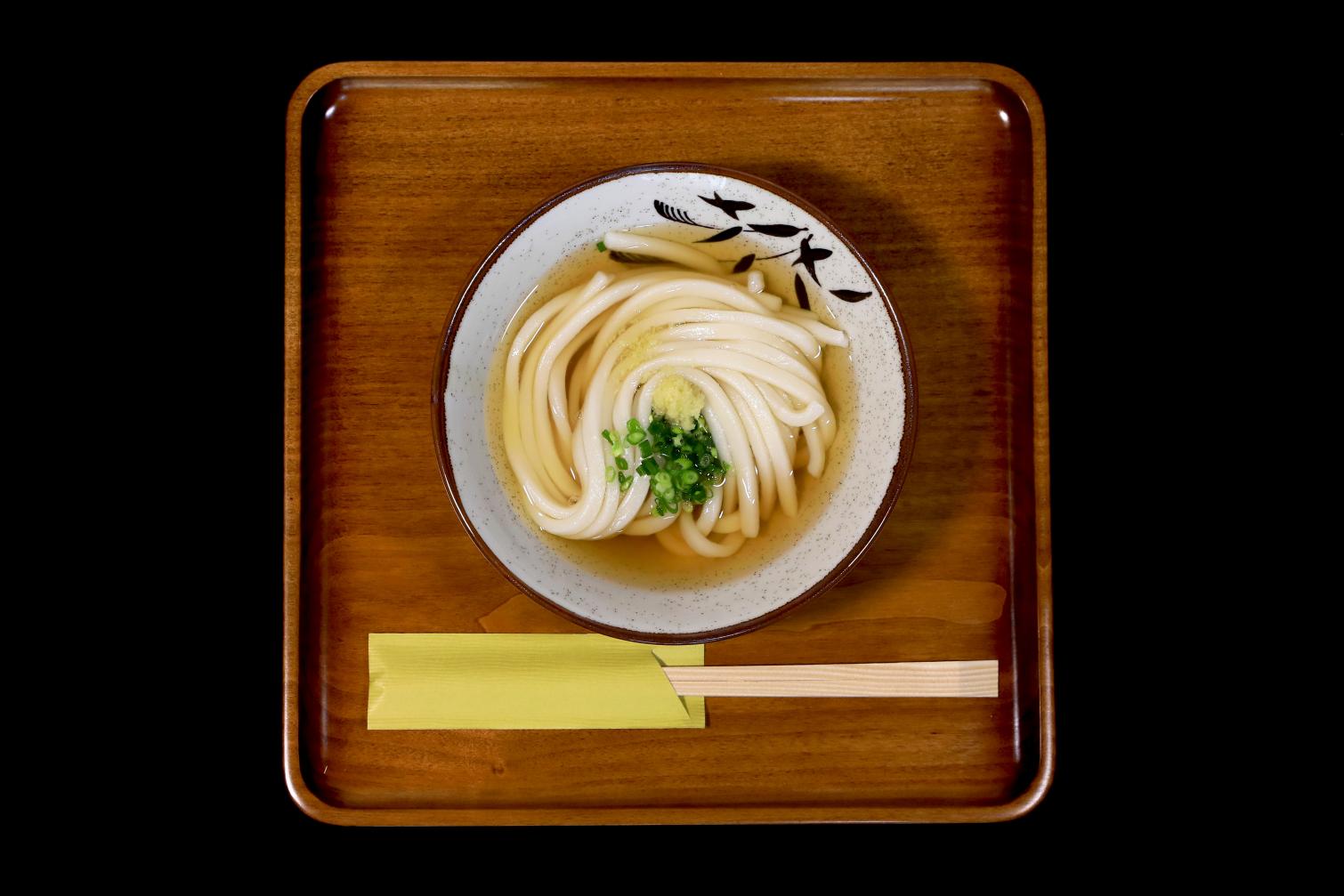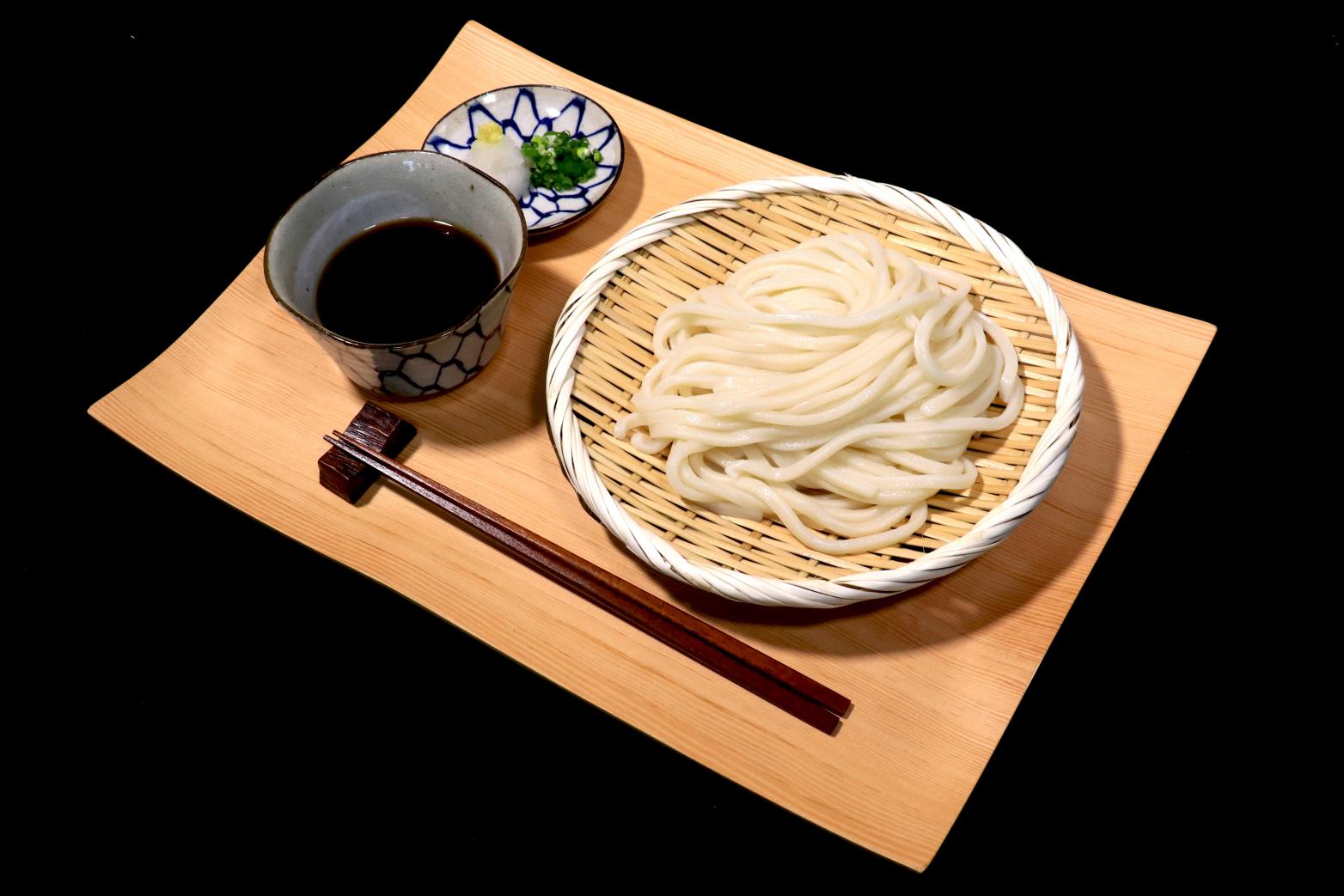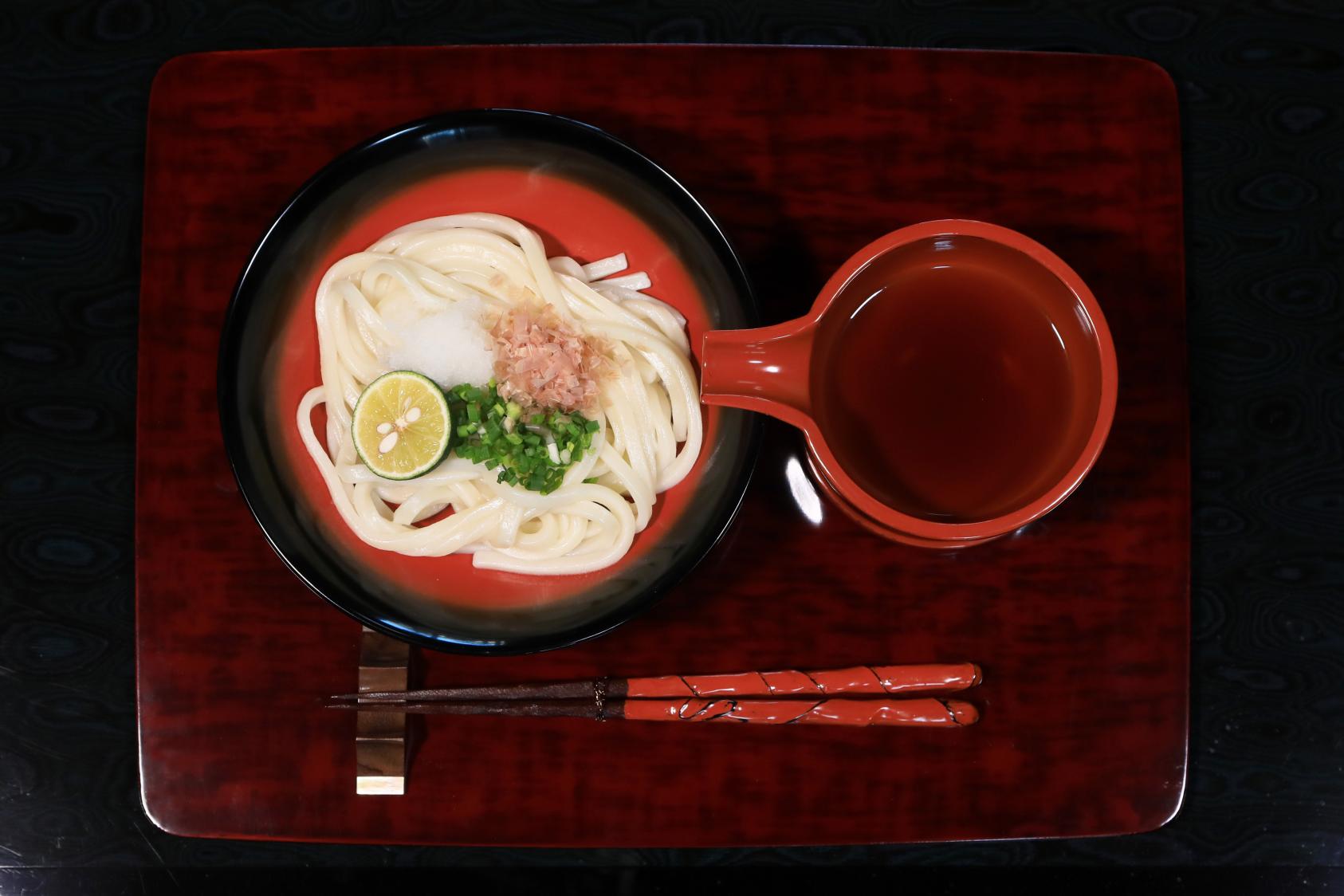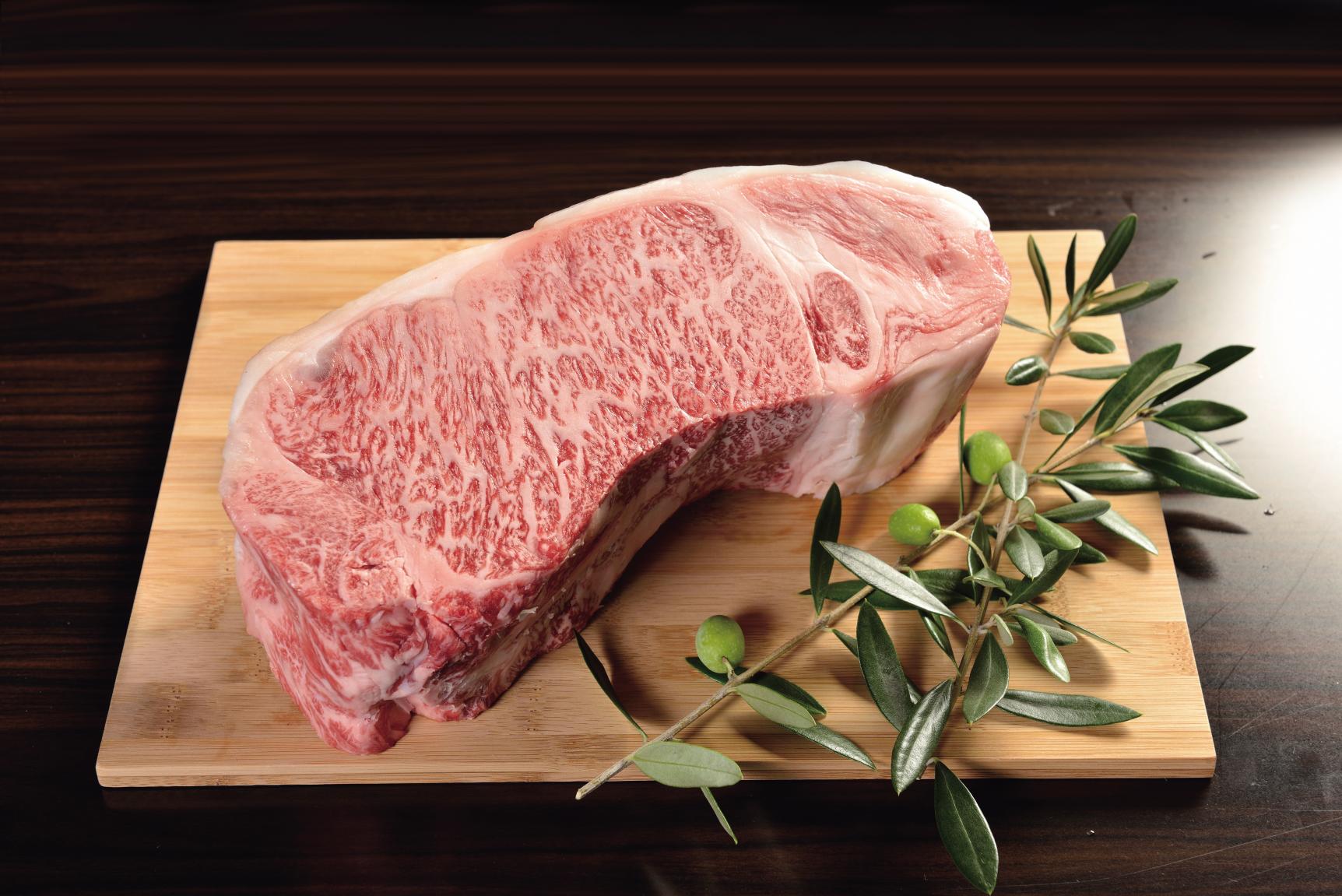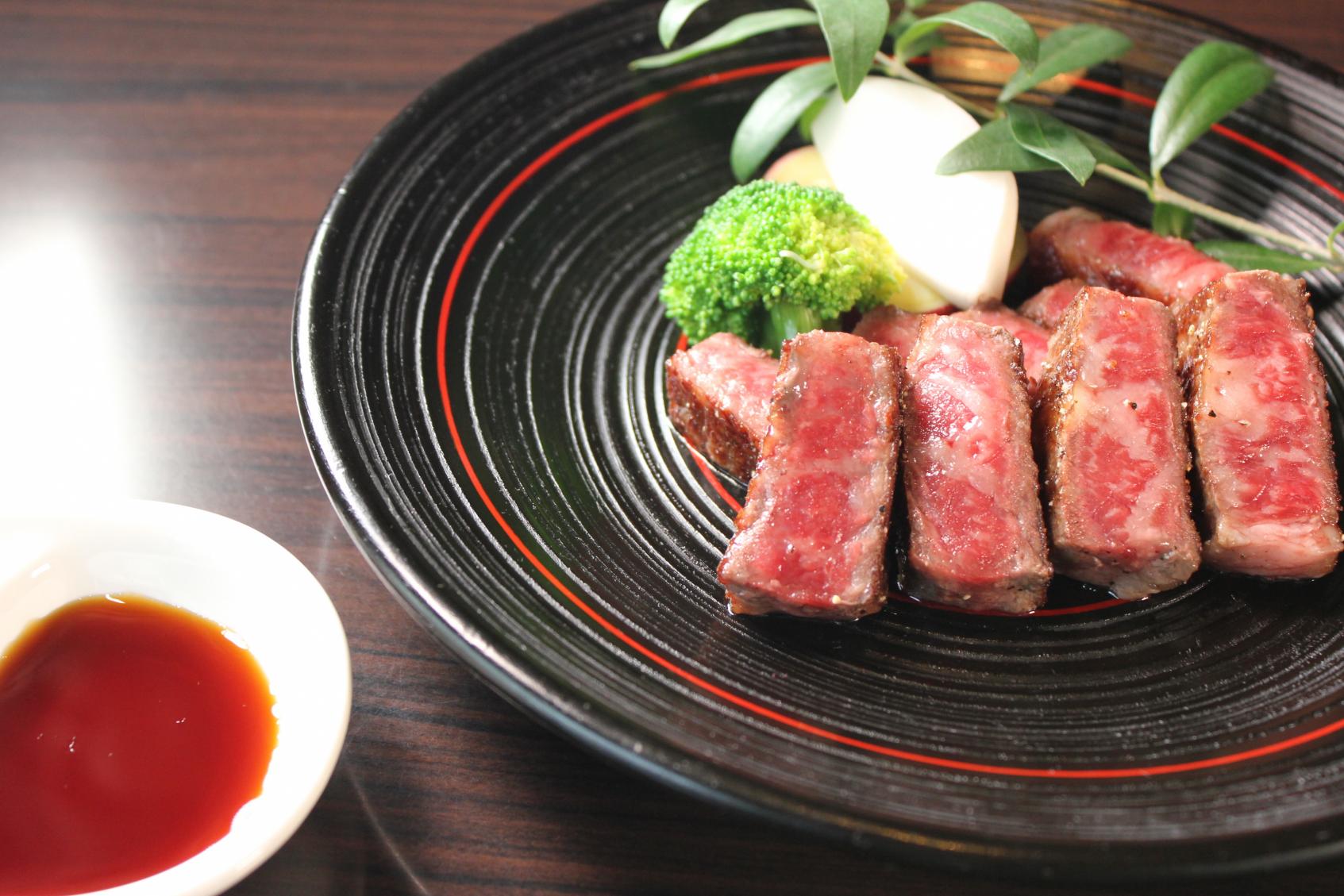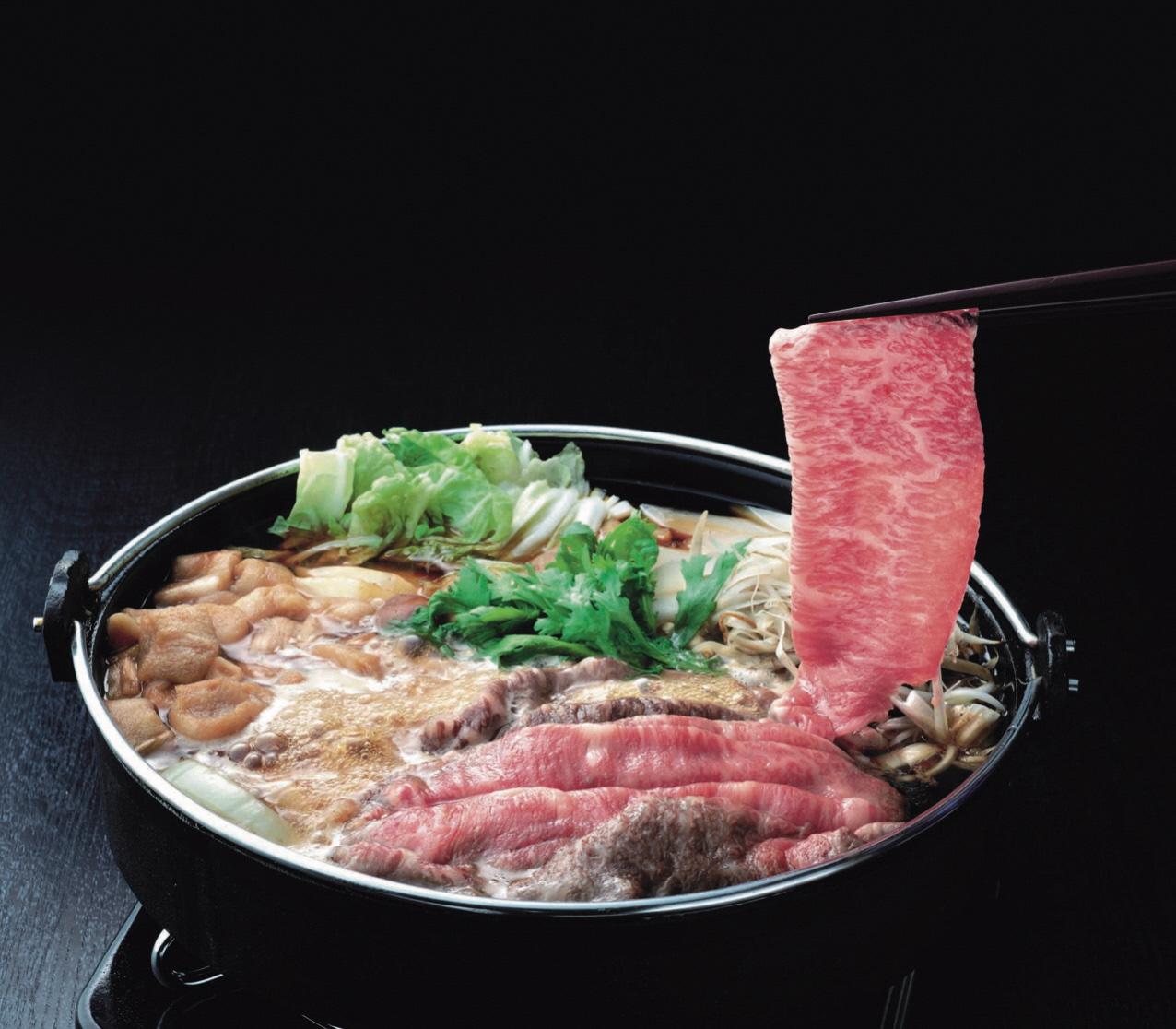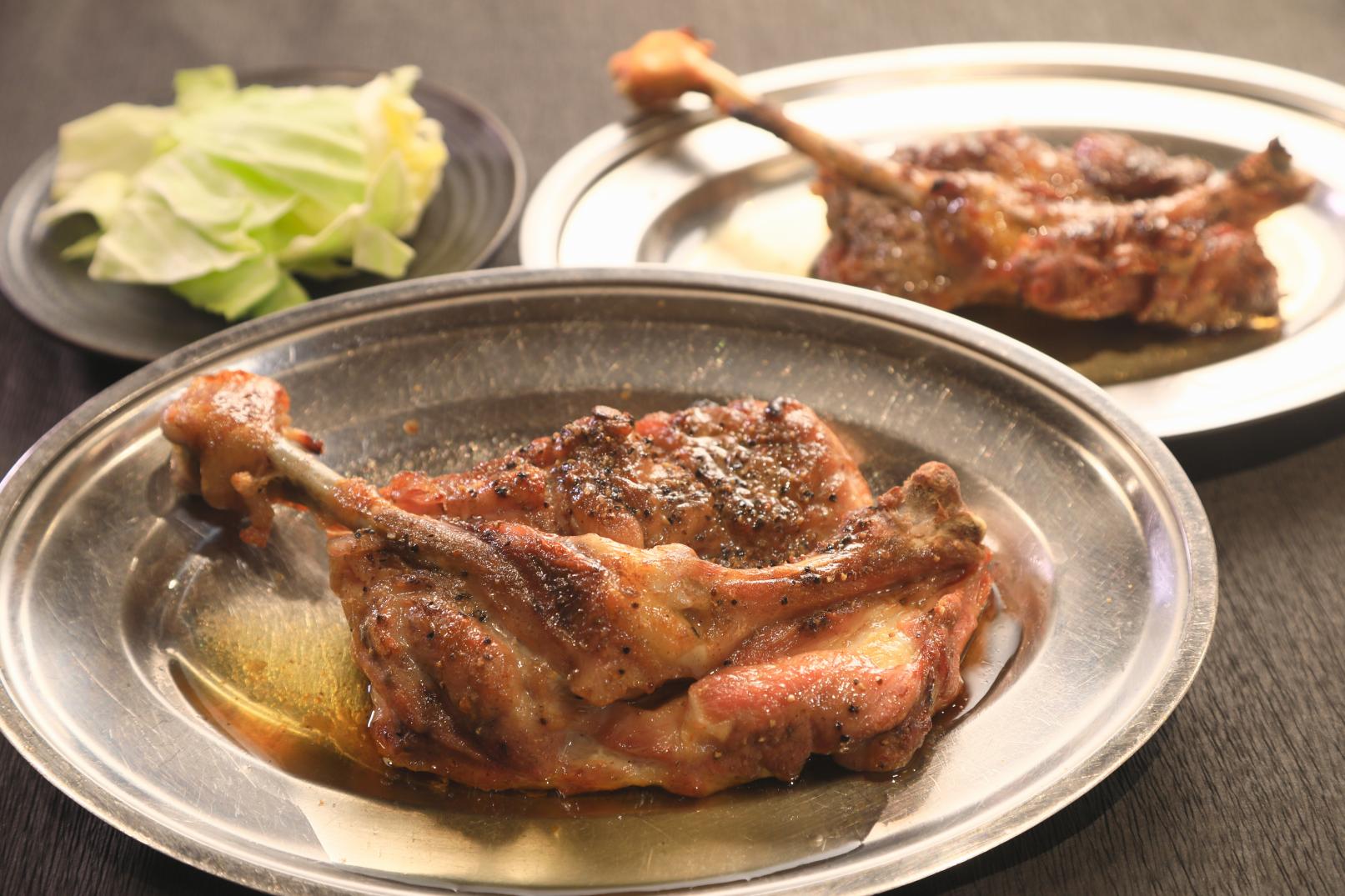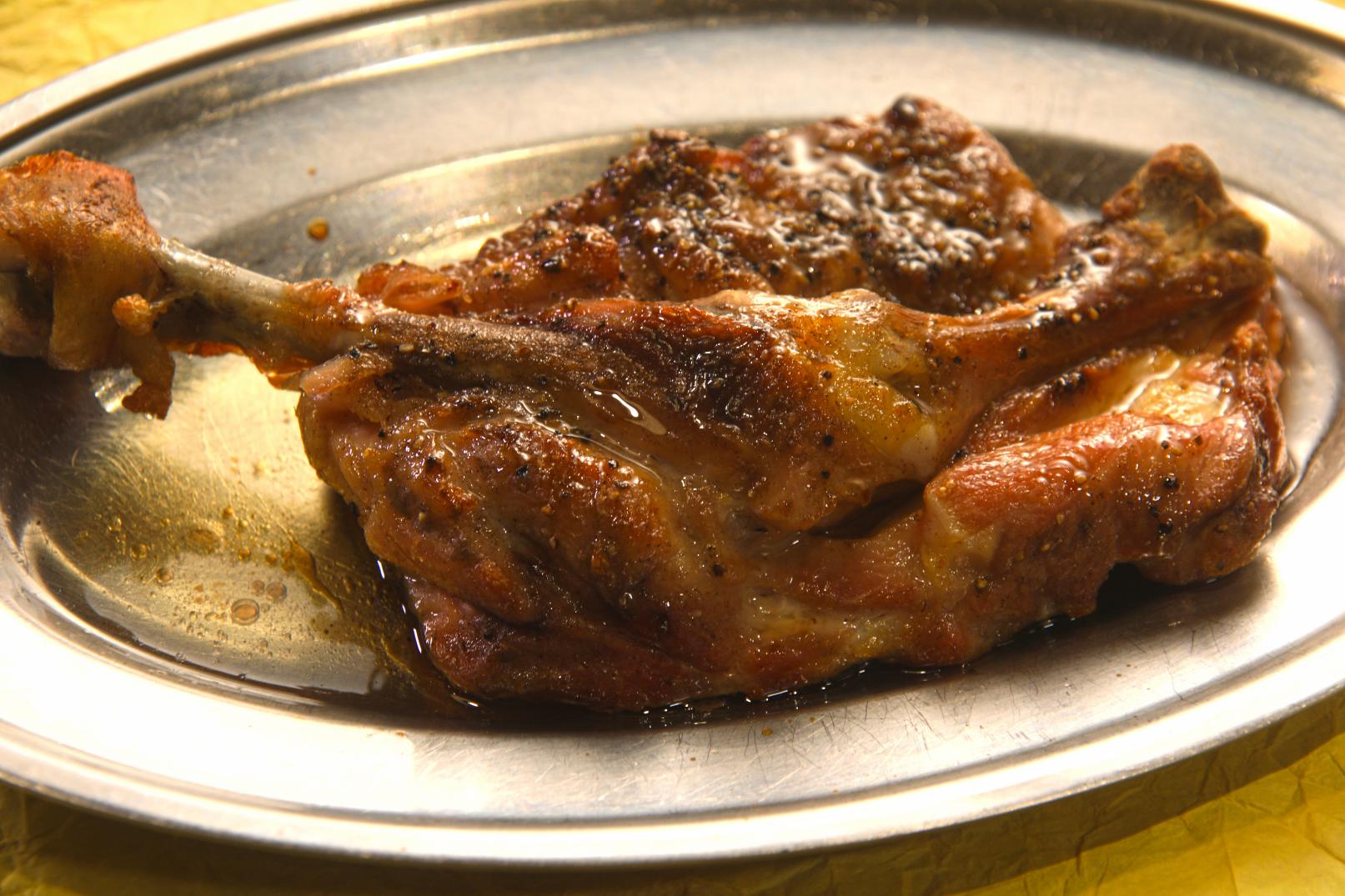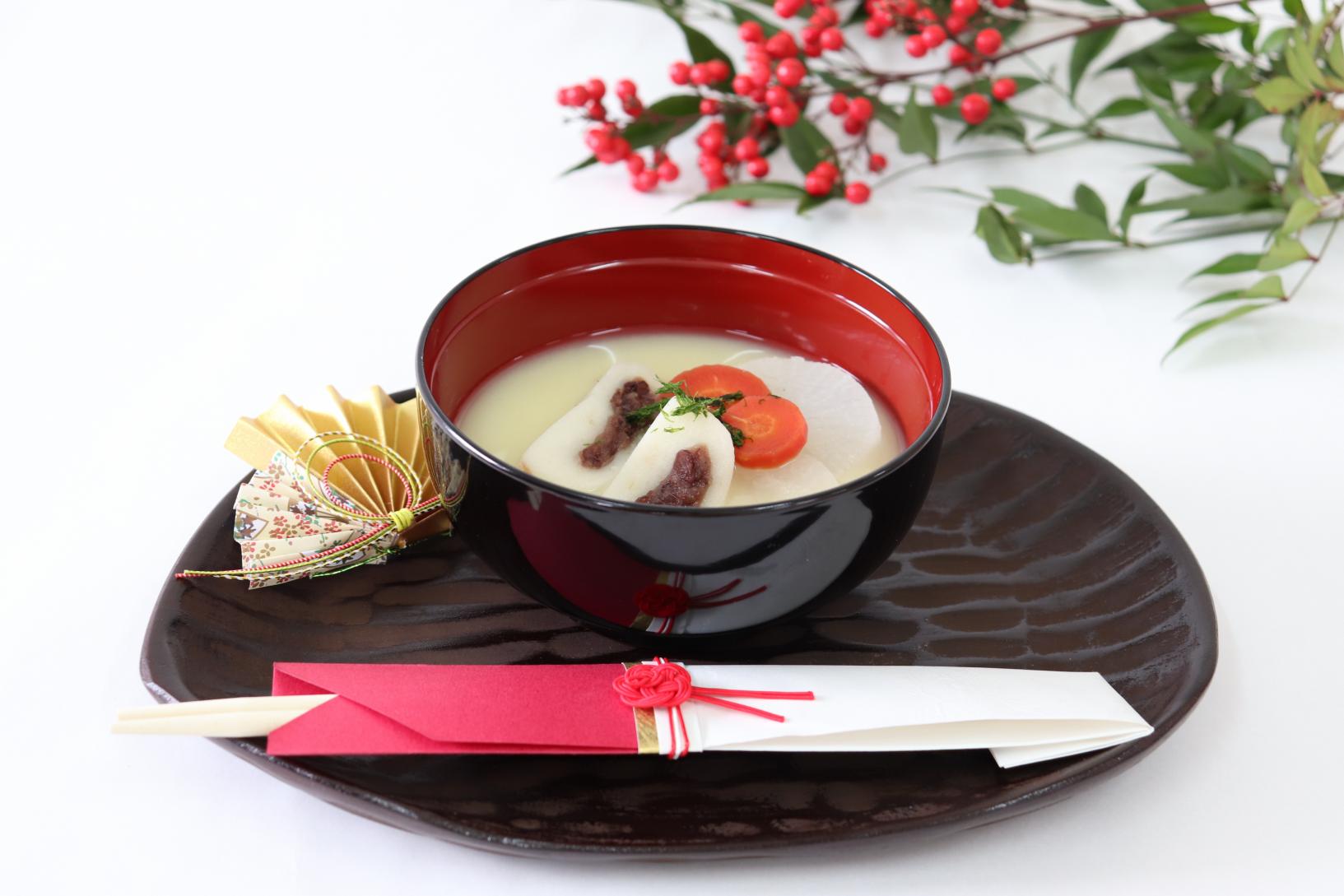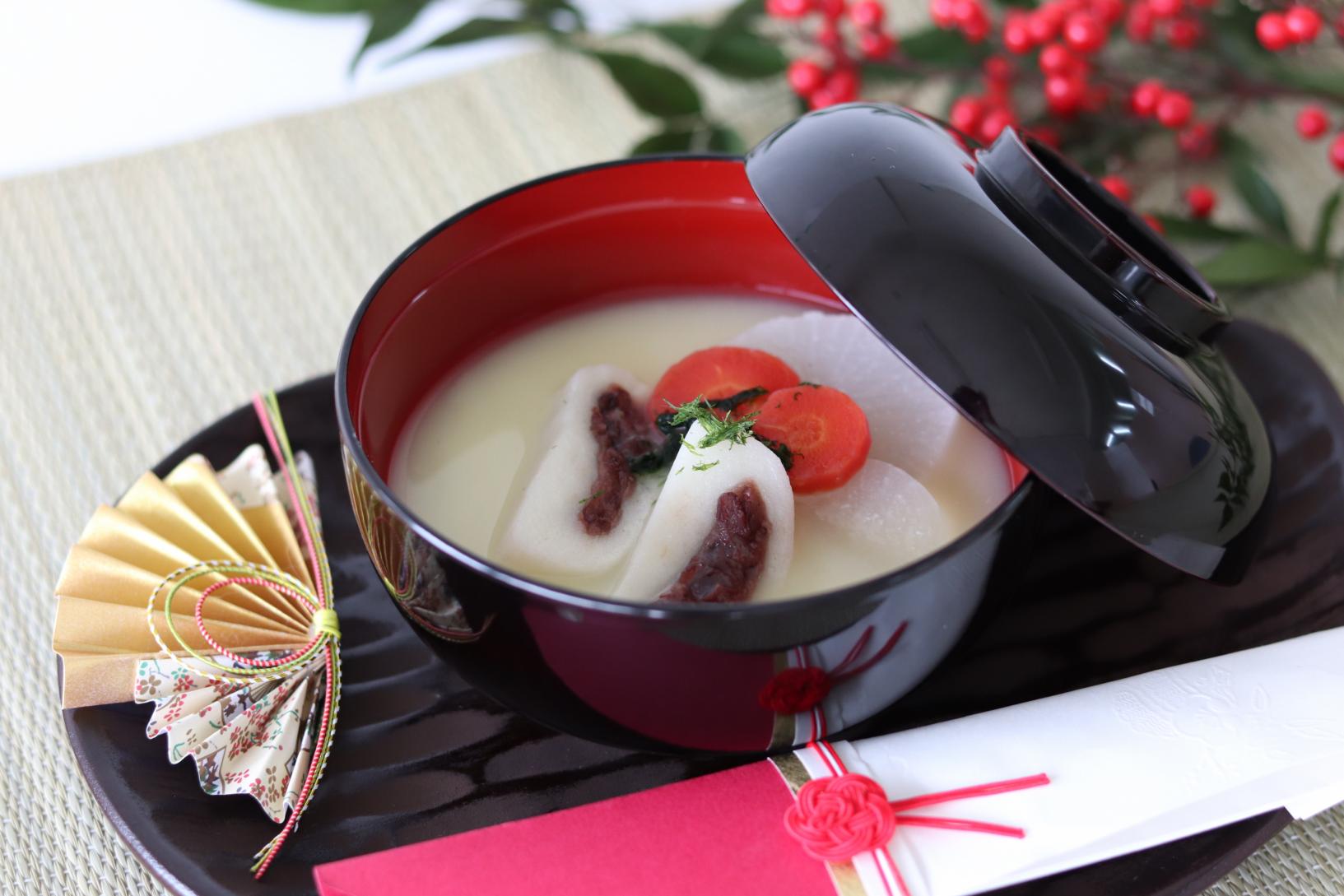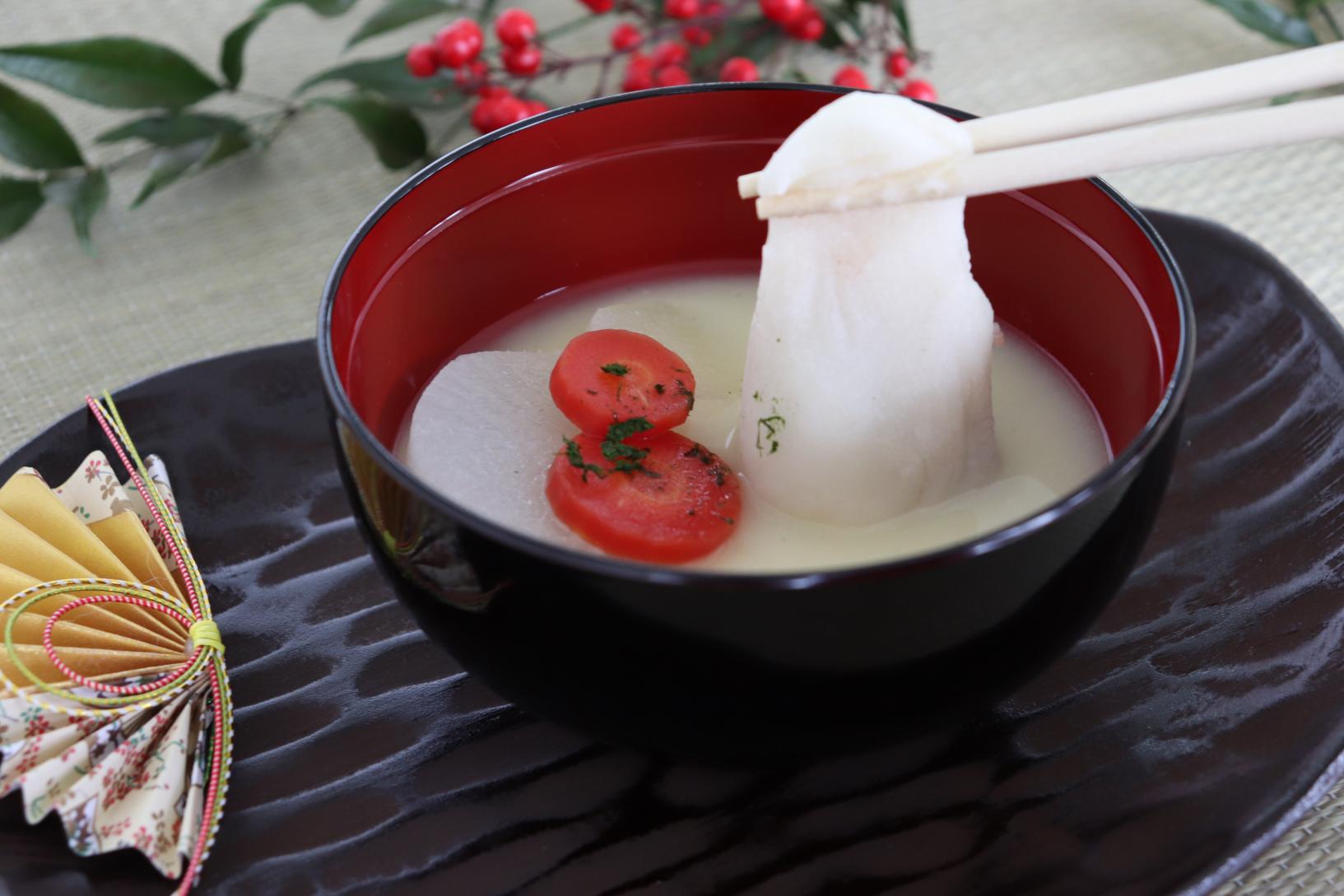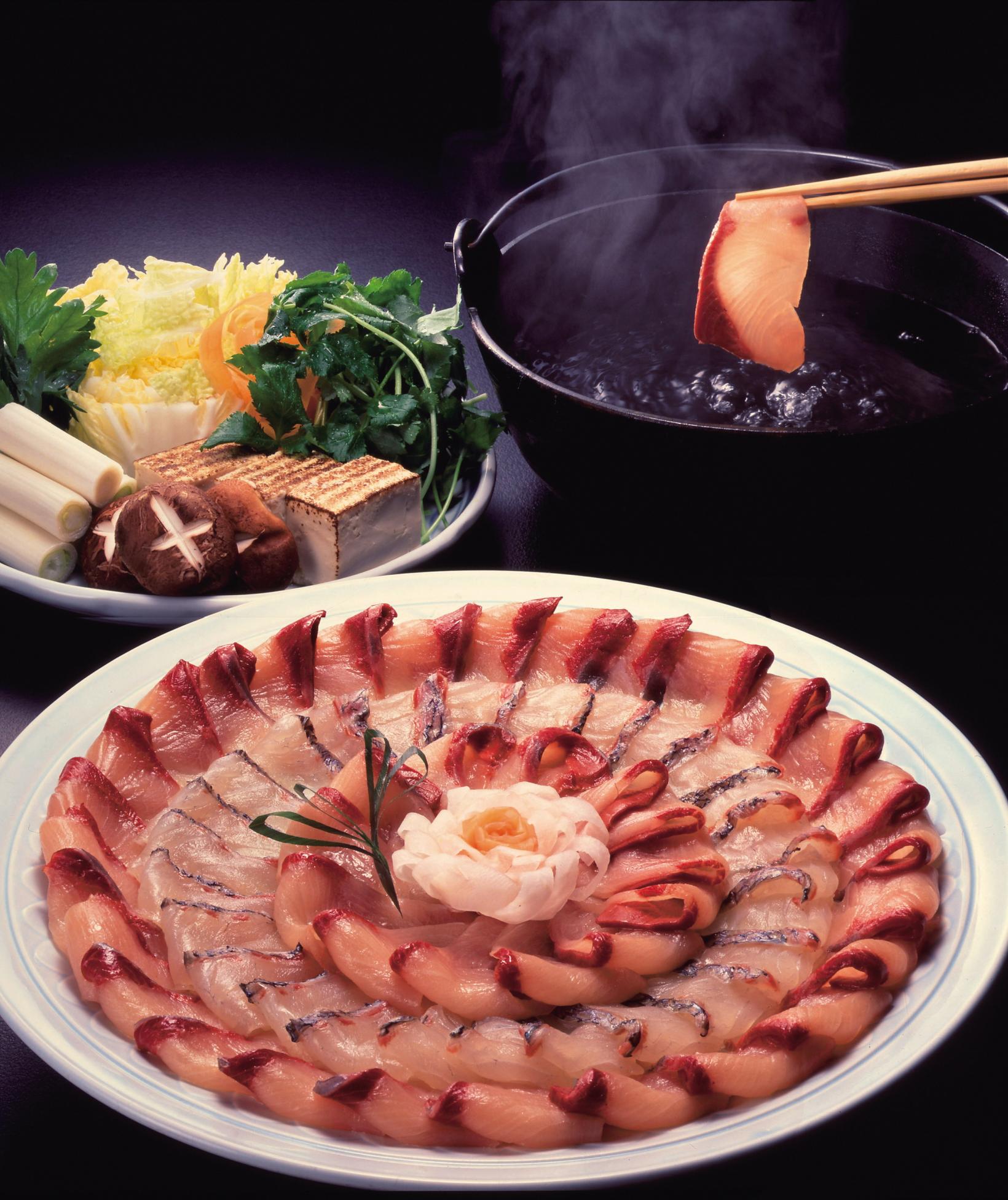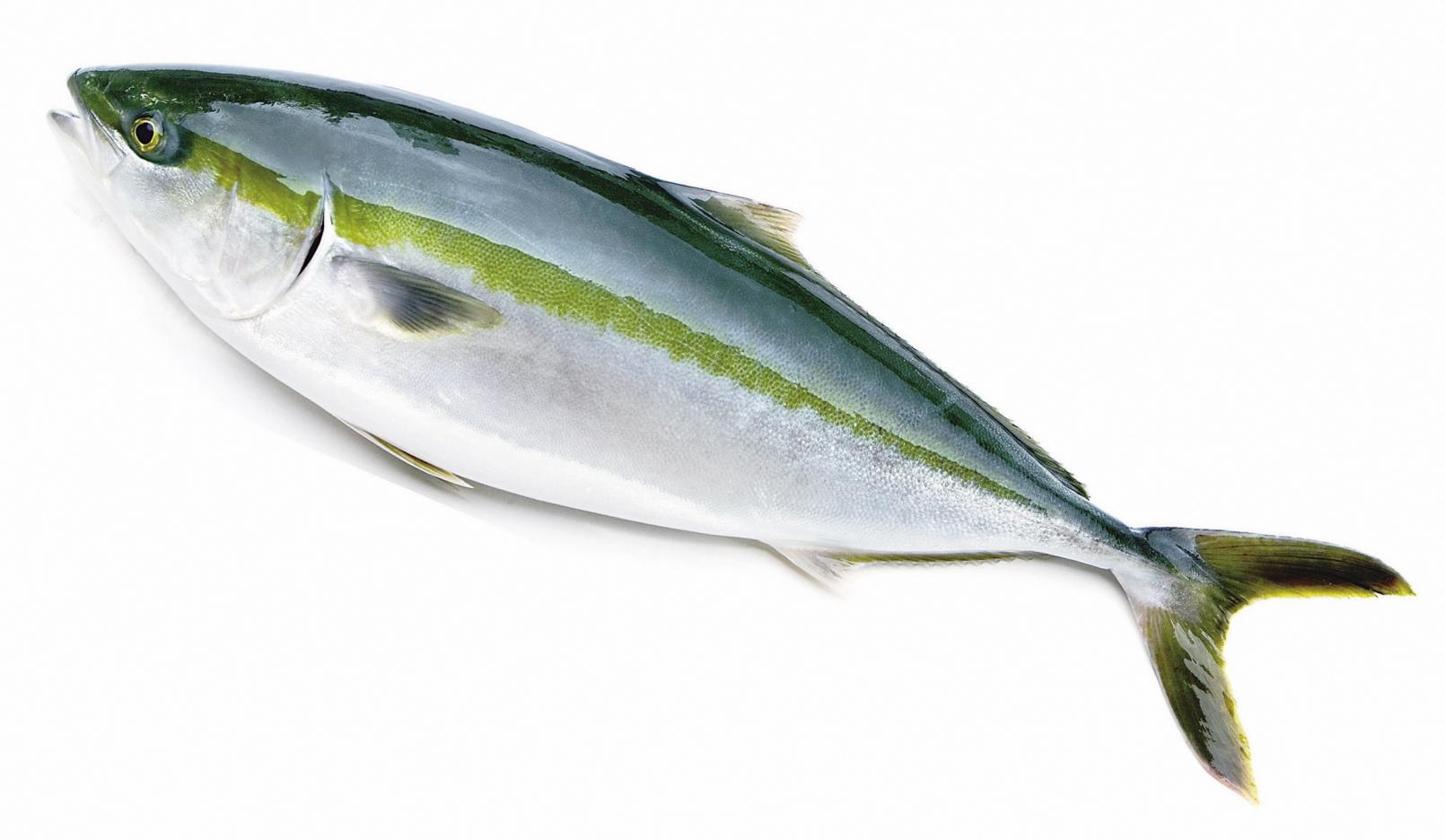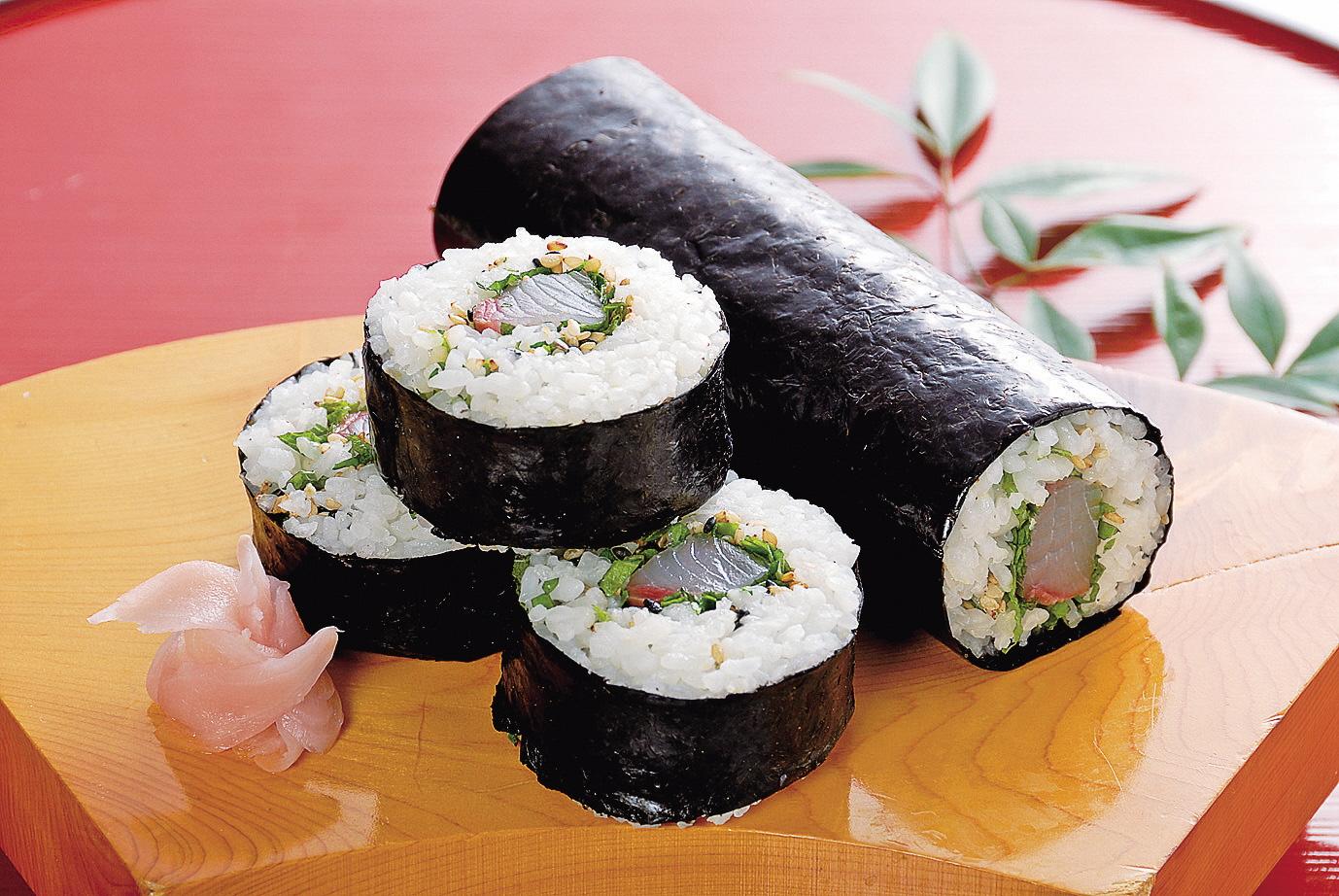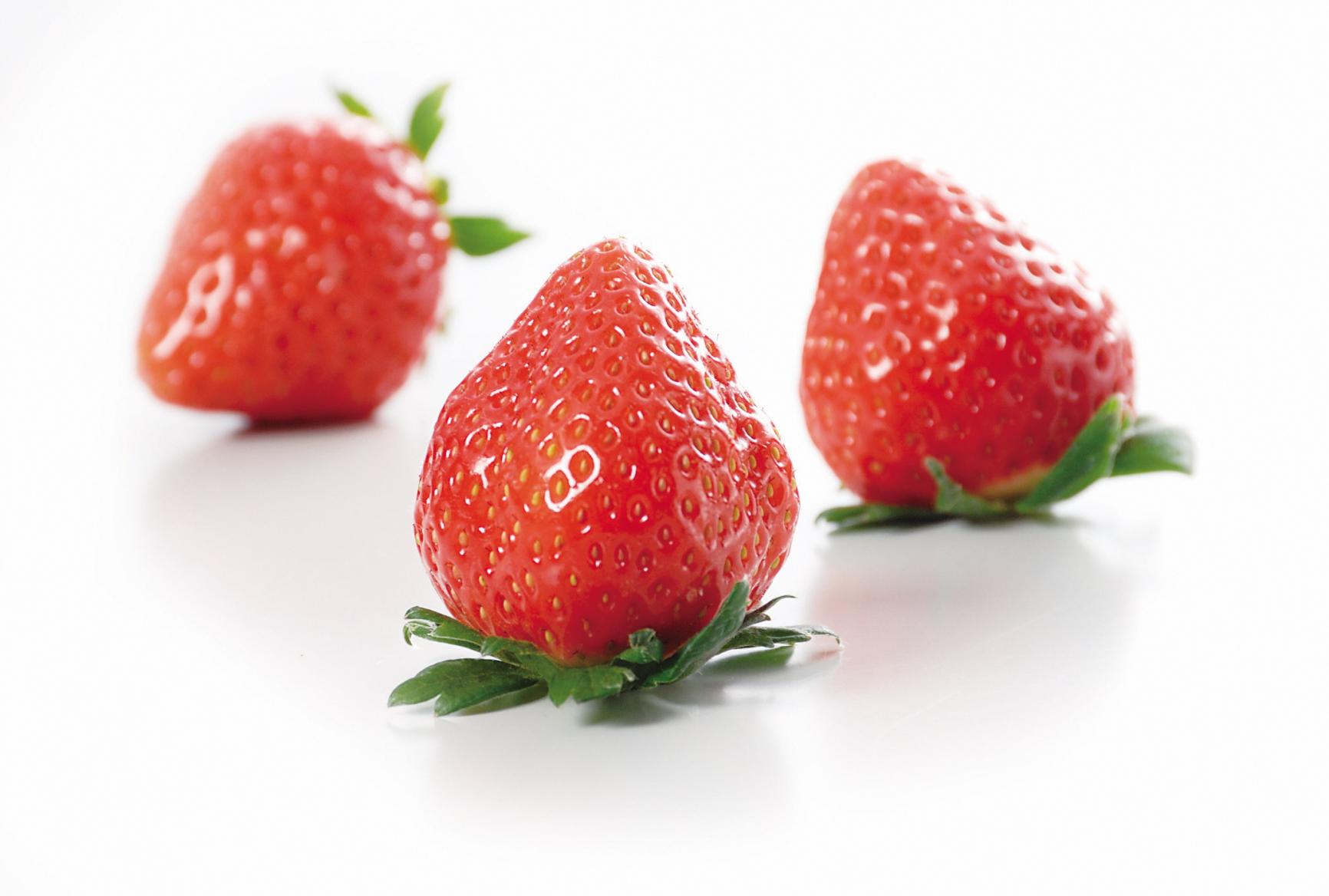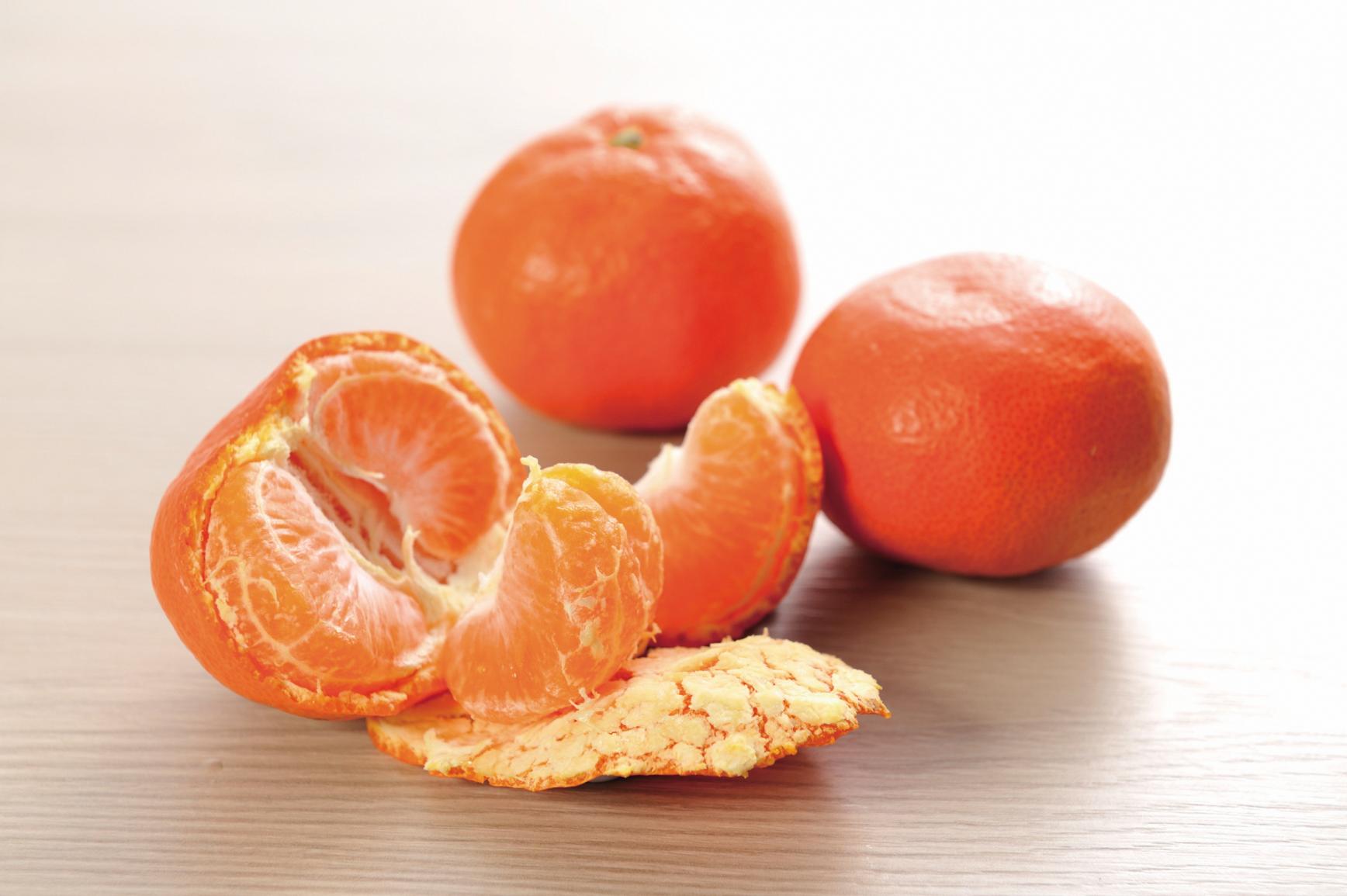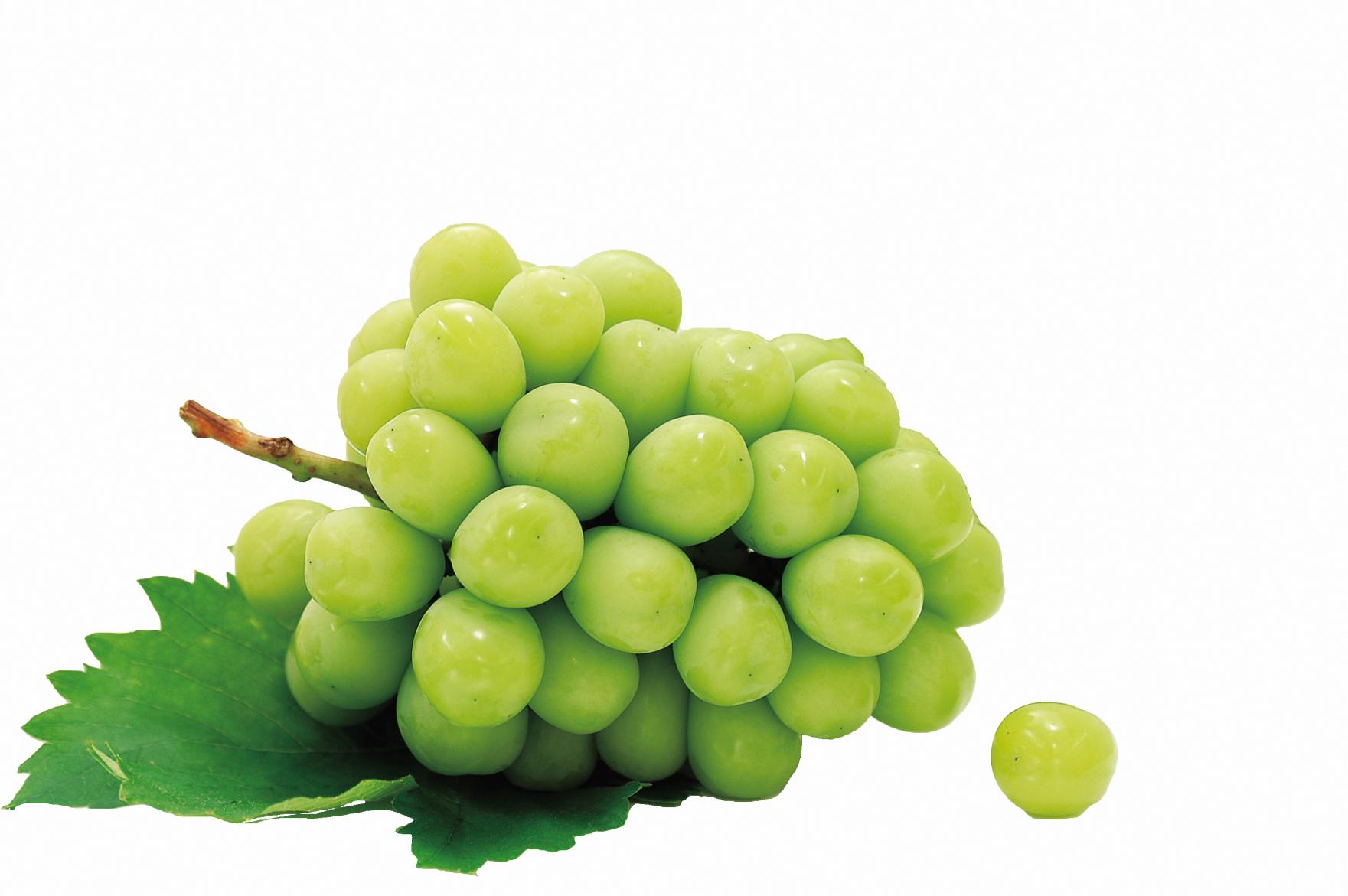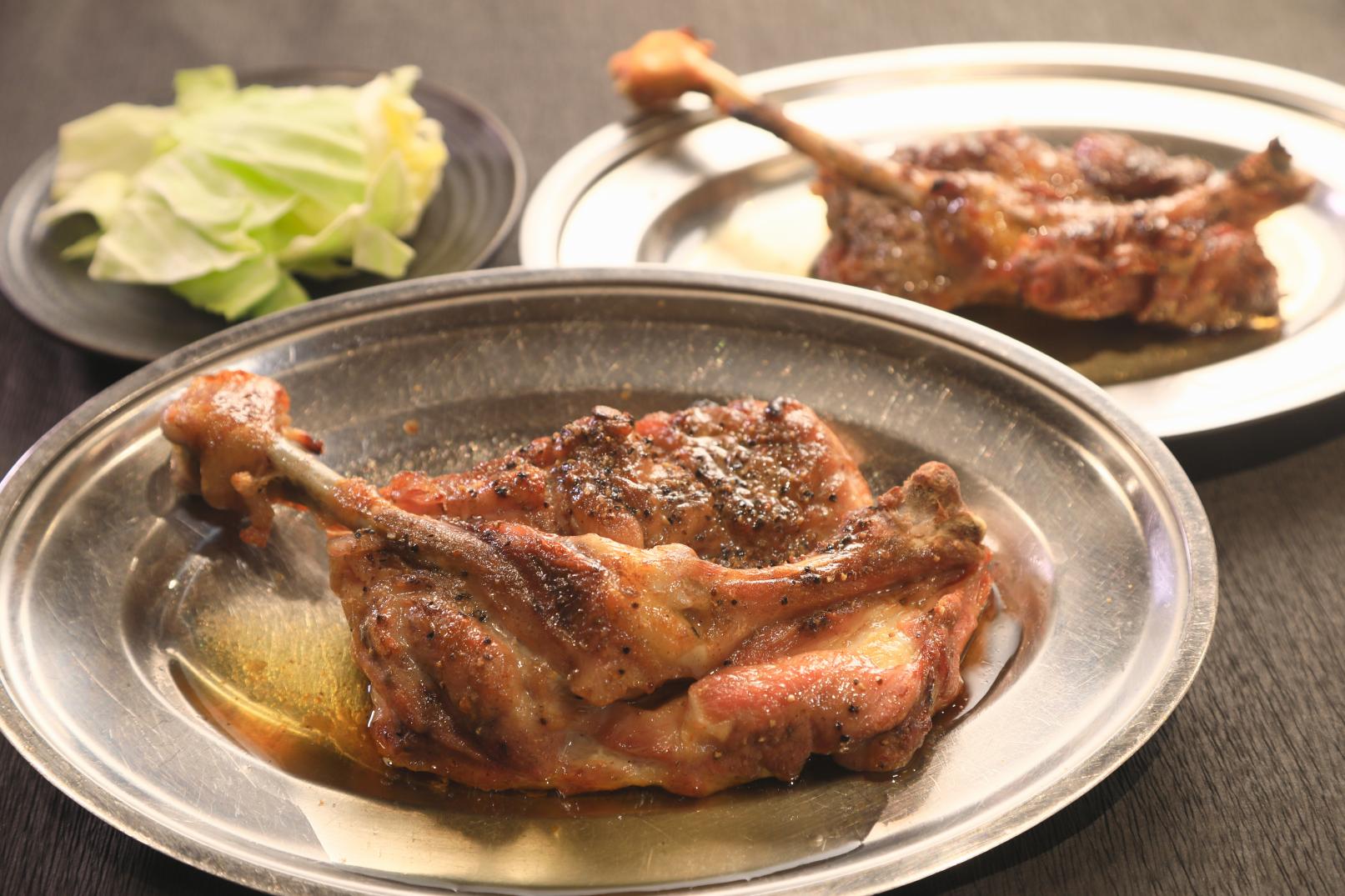
Delicacies of Kagawa
2020.12.21
However you look at it, Kagawa Prefecture’s most famous food is Sanuki Udon Noodles! Known for their elasticity and lustre, the noodles slide right over the tongue. Kagawa ranks first nationwide for udon noodle production and consumption, so is appropriately nicknamed the “udon prefecture.”
Kagawa is also home to other delicious local products: Olive-fed Wagyu Beef and Olive Yellowtail which are raised on olive-based feed, or spicy and juicy Honetsukidori (Chicken-on-the-Bone), to name a few. The prefecture is proud of its fruits too, grown with care by their farmers—try them at least once!
Sanuki Udon Noodles
Sanuki Udon Noodles—no other words can describe Kagawa. The prefecture’s love affair with udon noodles comes from having the perfect climate and soil for growing wheat. In addition, salt and soy sauce production have flourished over the centuries, and the prefecture has been an important producer of the sardines used in broth. Nowadays, over 600 udon noodle shops are in Kagawa, and one can guess how intertwined udon noodles are with people’s lives.
The main character in udon is, of course, the noodles themselves! The best part about Sanuki udon is enjoying the different noodles at each shop. And even though people say “udon,” one of the appeals of Sanuki Udon Noodles is the many ways to eat them, like kijoyu udon (soy sauce udon) which brings out the taste of the noodles, or kamatama udon with its smooth flavor!
Use the Udon Taxi or the Udon Bus to eat your fill and enjoy udon noodles!
Olive-fed Wagyu Beef
Olive-fed Wagyu Beef was born from a desire to combine a flavor unique to Kagawa with Sanuki cattle, which boast nationally-acclaimed quality. Sanuki cattle have been proudly raised among the olives of Shodoshima Island for over 100 years, in the mild climate of the Setouchi region. Here where the two traditions of olives and cattle coexist, a cattle raiser successfully turned the leftover pulp from olive oil production into feed, creating the first Olive Beef, a premium Japanese Black wagyu beef.
Olive Beef is known for its richness and its refreshing flavor, and the tender meat is healthy, too. Its unique Kagawa flavor is well-regarded among all genders and ages.
Honetsukidori Chicken-on-the-Bone
Honetsukidori was created in the city of Marugame in 1952, when a couple opening a bar near the station saw an American movie scene where the character bites into chicken-on-the-bone. The couple was surprised by the scene, where the character greedily stuffs himself on chicken, and decided “we want to serve this food to others!”—and began selling honestsukidori.
Judge for yourself the chicken’s cooked flavor, with plenty of spices, crispy skin, and a juicy interior.
Choose as you like between two types: tougher oyadori (older chicken) whose rich flavor comes out the more it is chewed, or more tender hinadori (younger chicken) with deliciously juicy, easy-to-eat meat that anyone can bite right into.
Anmochi Zoni
During the Edo period (1603-1867), the Takamatsu Domain promoted sugar as a specialty product to enrich the domain, successfully manufacturing a white sugar called wasanbon. However, sweet things were an upper-class food at the time, and commoners only rarely tasted such delicacies. So, to splurge and eat something sweet at least on New Year’s, the soup anmochi zoni is said to have been created. Round slices of daikon radish and carrot are added to the soup to wish for a complete and fulfilling year.
Anmochi zoni is unique to Kagawa—the flavor is not found elsewhere. Its appeal lies in the wonderful pairing of sweet anko red bean paste and salty miso. Daikon or carrot are popular as other ingredients, but depending on the region, taro, burdock, or aburaage (thin, deep-fried tofu) are added, and sometimes topped with green onions, nori seaweed, or dried bonito flakes (hanakatsuo).

Where can I eat?
▽Hanazono-tei (花園亭) &Fukiage-tei(吹上亭)in Ritsurin Garden
▽Budou-no-ki(甘味茶屋 ぶどうの木)
2-1 Hyakken-machi, Takamatsu
▽Momotaro chaya(桃太郎茶屋)
1821 Yashima-higashimachi, Takamatsu
Olive Yellowtail
Olives are a main product of Kagawa, and Olive Yellowtail is a farm-raised yellowtail grown on feed that includes ground olive leaves.
By raising yellowtail with ground olive leaves, the improved meat is less susceptible to oxidization or discoloration. The healthy fish is appealing for its particularly refreshing flavor, good texture and taste.
Eat it as sashimi to better understand its deliciousness. The rich fat melts in your mouth, leaving a surpisingly delicious aftertaste.
The yellowtail raised in fall and winter have a “miracle taste” since they have the most fat. Make sure to try some!
Sanuki San Fruits
■ Sanukihime Strawberries
The soft, lustrous fruits have a refined flavor. A single bite overflows with fresh juice, and the berries’ rich aroma permeates the mouth with depth and sweetness. The strawberries are large and rather roundish—cute with a plump form!
■ Obara Beniwase Mandarin Oranges
These mandarin oranges, or mikan, are called the reddest in all Japan, and have a high sugar content and rich sweetness. In addition, the skin is slender and easy to peel, while the wrapping of each segment is surpisingly thin and soft, allowing the fruit to almost melt in the mouth. And the flavor is incredible!
■ Shine Muscat Grapes
Shine Muscat are seedless grapes with a high sugar content of over 17%. The skin is thin and hardly bitter, making peeling unnecessary.
The grapes look high-class too—the individual fruits cluster in beautiful emerald-green bunches that weigh a sizable 700 grams.


